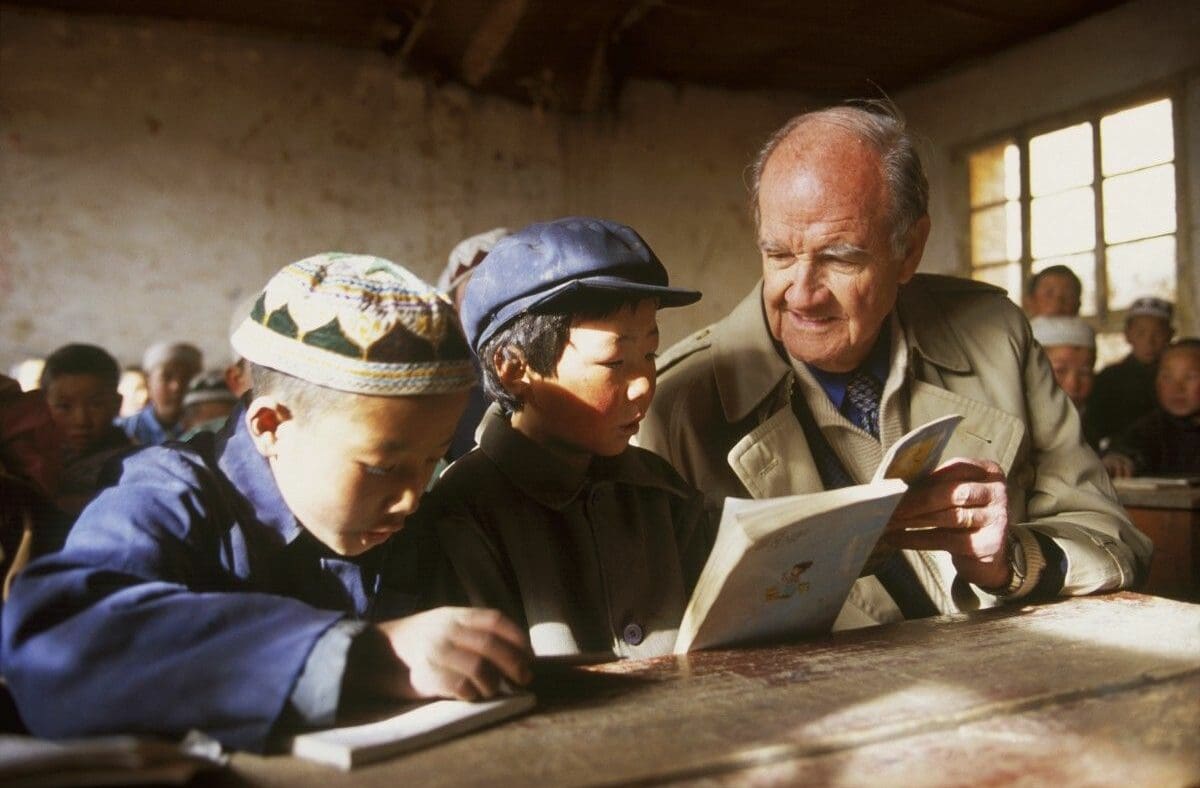
The History of
U.S. Global Food Security Policy
A Legacy of Humanitarian Aid
For more than 50 years, the U.S. has led the world in support for international food security programs.
U.S. Global Food Security Policy History
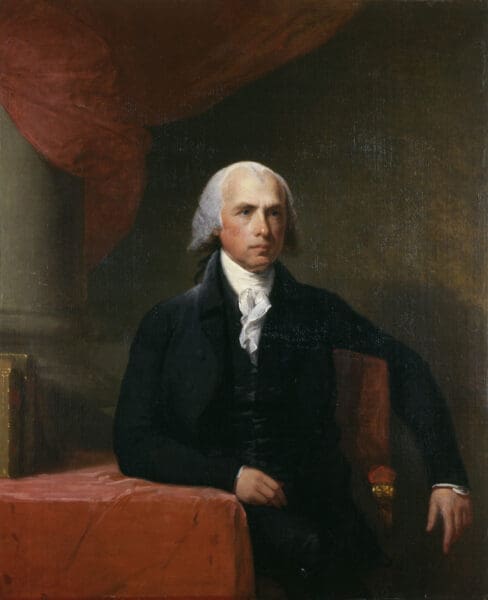
1812
Natural Disaster in Venezuela
The U.S., under the leadership of President James Madison, sends $50,000 of wheat flour to Venezuela after a devastating earthquake. This represents one of the first shipments of international food aid provided by the American people
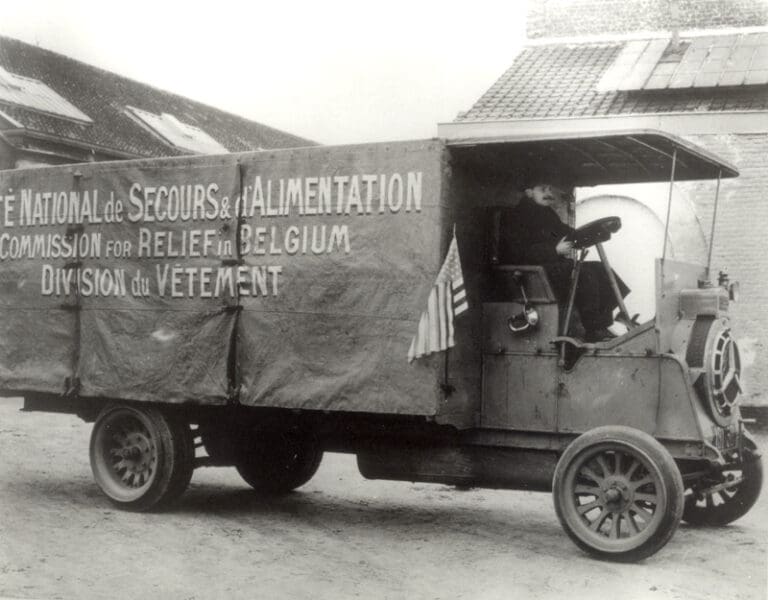
1914
Commission for Relief
The U.S. and partners establish the Commission for Relief in Belgium and later the American Relief Administration to provide food aid to millions of Europeans after WWI. Herbert Hoover administers these programs before his election as President of the United States in 1929.
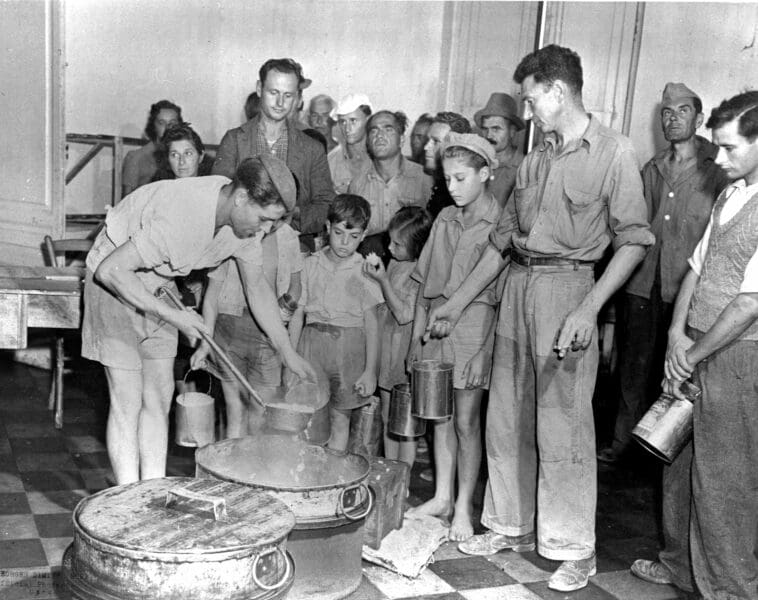
1943
Development of the UNRRA
President Roosevelt spearheads the development of a United Nations Relief and Rehabilitation Administration (UNRRA) designed to provide food and other aid to victims of WWII. Although UNRRA would dissolve in 1947, this marks the U.S.’ first major foray into multilateral food aid—the nations of the world working together to fight hunger.

1948
WWII Recovery Support
In the aftermath of WWII and with the Cold War threatening, President Truman and Secretary of State George Marshall lead an effort to provide almost $15 billion (over $100 billion in today’s dollars) in U.S. assistance to support Europe’s recovery from WWII. A significant amount of this support went to food aid and re-establishing agricultural production in Europe.
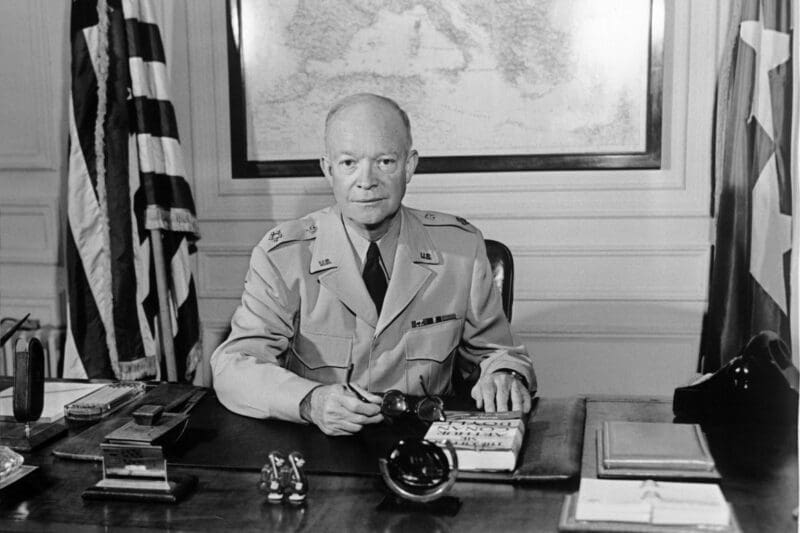
1954
Food for Peace Act
Facing mounting surpluses of farm commodities after WWII, President Eisenhower signs the Agricultural Trade Development Assistance Act (Food for Peace Act), translating American farm productivity into lifesaving aid abroad. This is the first permanent U.S. food aid program and it still exists today. It has reached over 4 billion people with aid over its more than 60-year history.
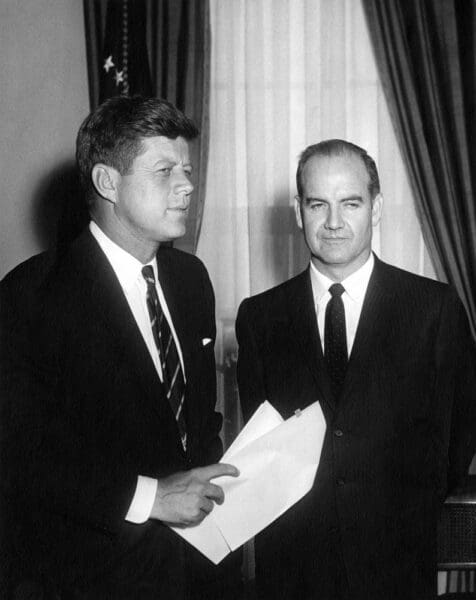
1961
World Food Programme Established
Building on the success of Food for Peace, President Eisenhower calls for the establishment of a global food aid program with a unified voice and mission. President Kennedy answers that call and appoints Senator George McGovern as the first Director of the Office of Food for Peace. McGovern works with international partners to bring the idea of a World Food Programme (WFP) to the UN General Assembly.
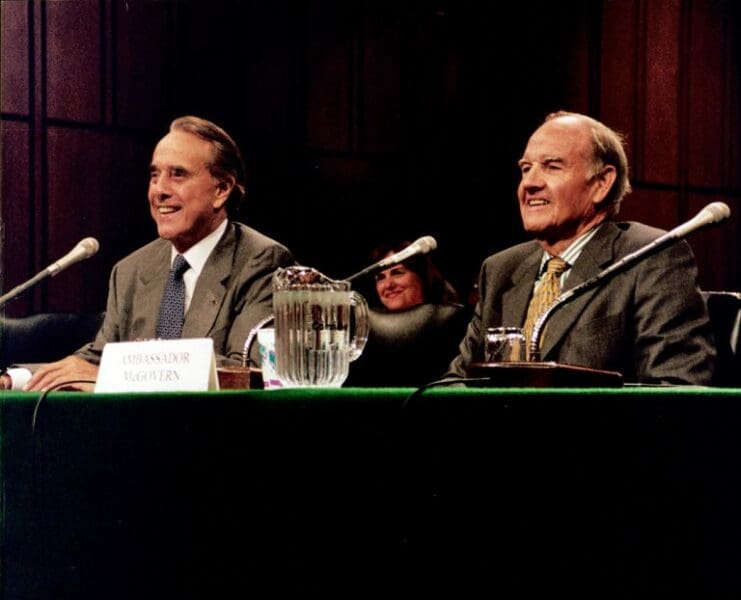
2002
McGovern-Dole Program Enacted
After long careers in the U.S. Senate championing food security programs domestically, George McGovern (D-SD) and Bob Dole (R-KS) join forces to advocate for the development of an international school meals program. With bipartisan support, the McGovern-Dole International Food for Education and Child Nutrition program becomes law. To date, it has used American commodities to provide school meals to over 22 million children in 41 countries.
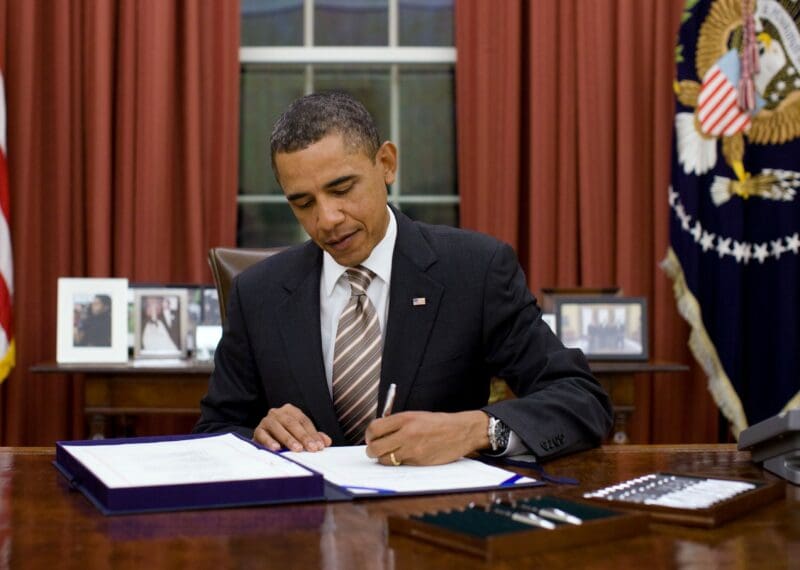
2010
Emergency Food Assistance Program Introduced
The Obama Administration introduces a cash-based food assistance program to complement American-grown commodities. The Emergency Food Assistance Program (EFSP) allows organizations like WFP to buy food in local markets or provide cash transfers for people to use in local shops.








The U.S. was instrumental in creating WFP in the 1960s, but its legacy of humanitarian aid dates back even further. Today, the U.S. still leads the world in food aid and assistance, and WFP USA works to nurture that leadership through Congressional affairs, coalition building and policy campaigns aimed at improving food security abroad.
No organization does more to fight hunger than the World Food Programme, but much of its work wouldn’t be possible without U.S. support.